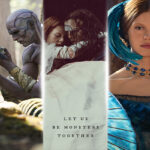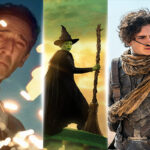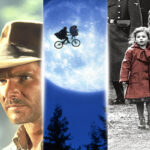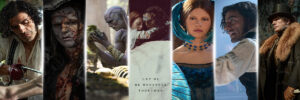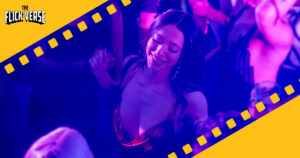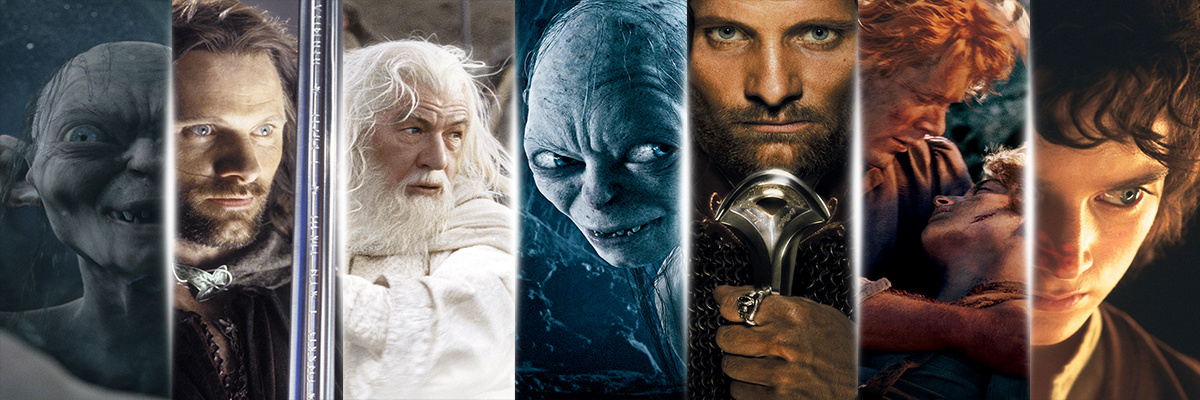
7 Fascinating Facts About – Lord of the Rings Movies
The Lord of the Rings trilogy, based on J.R.R. Tolkien’s epic fantasy novels, stands as a monumental achievement in filmmaking. Directed by Peter Jackson, these movies transported audiences into the enchanting realm of Middle-earth, populated by Elves, Hobbits, and the formidable forces of darkness.
From the creation of new languages to the meticulous attention to costume and prop details, this article delves into the remarkable facts behind the Lord of the Rings movies. It explores the unique filming approach, the challenges of prosthetic makeup, the use of real locations in New Zealand, and the cultural impact this beloved trilogy has had on fans worldwide while celebrating the dedication of the cast and crew who brought Tolkien’s vision to life.
1. Unique Filming
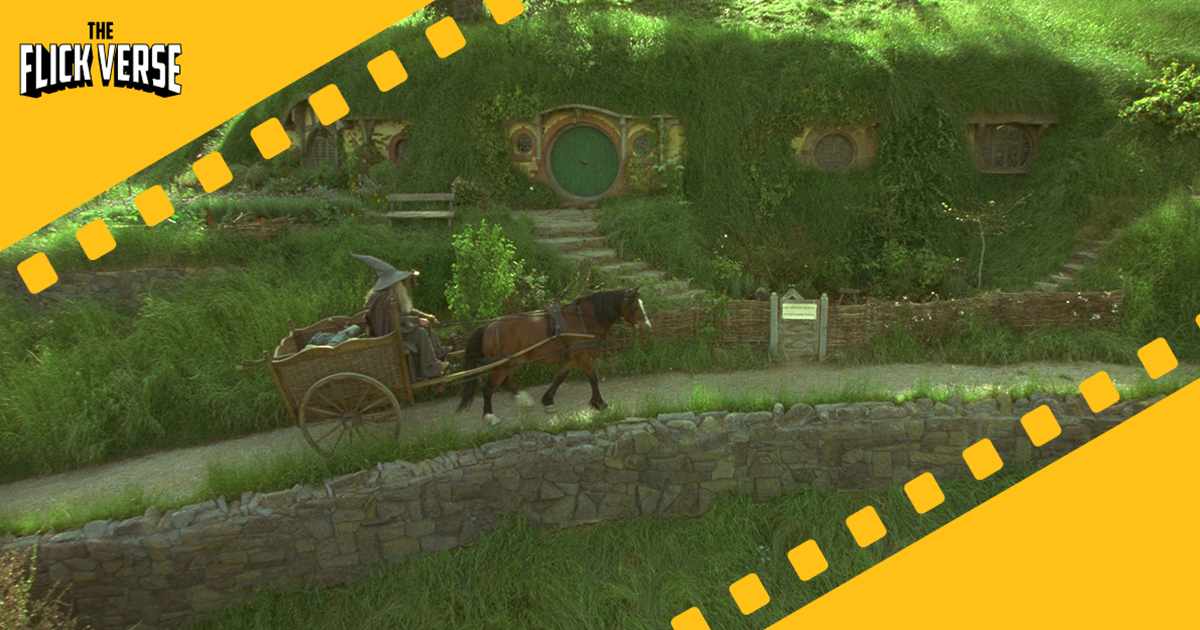
Peter Jackson adopted a unique filming approach for the Lord of the Rings trilogy, shooting all three movies simultaneously over an extended period. This ambitious undertaking presented both challenges and benefits.
The Unique Filming Approach of Shooting All Films Simultaneously
Jackson always planned to film the entire trilogy at once. It was a significant gamble, but it saved time and money by requiring only one production company instead of restarting everything for each movie. This approach was also the only way to release the three films within three consecutive years, maintaining continuity in the storytelling.
The body of work had to be completed within a year to prevent the cast from aging too much, as the story took place over a little more than a year in the hobbits’ lives. Jackson would often monitor several different scenes being filmed simultaneously, making it a grueling process for everyone involved.
The Unique Filming Approach Challenges
While filming all three movies concurrently, the production faced numerous challenges. The remoteness of some locations in New Zealand’s untamed landscapes required the crew to carry survival kits in case helicopters could not reach them on time.
Initially, the crew shot what they thought was necessary to complete all three films. However, after the success of “The Fellowship of the Ring,” New Line Cinema provided Jackson with more money and flexibility. This allowed him to expand the scope of the subsequent films, “The Two Towers” and “The Return of the King,” through extensive reshoots and the incorporation of new scenes.
The Unique Filming Approach Benefits
The simultaneous filming approach had its advantages. It enabled the efficient utilization of the same sets, locations, and actors across the three films, maintaining continuity and saving resources.
Moreover, as the visual effects team at WETA Digital developed and refined their technologies during post-production, Jackson could incorporate these advancements into the later films. For instance, the Battle of Isengard with the Ents was conceived much later during the visual effects stage and added to “The Two Towers.”
While unconventional, this unique filming approach allowed Peter Jackson to bring J.R.R. Tolkien’s epic vision to life with unprecedented scale and consistency, resulting in a groundbreaking cinematic achievement.
2. Costume and Props
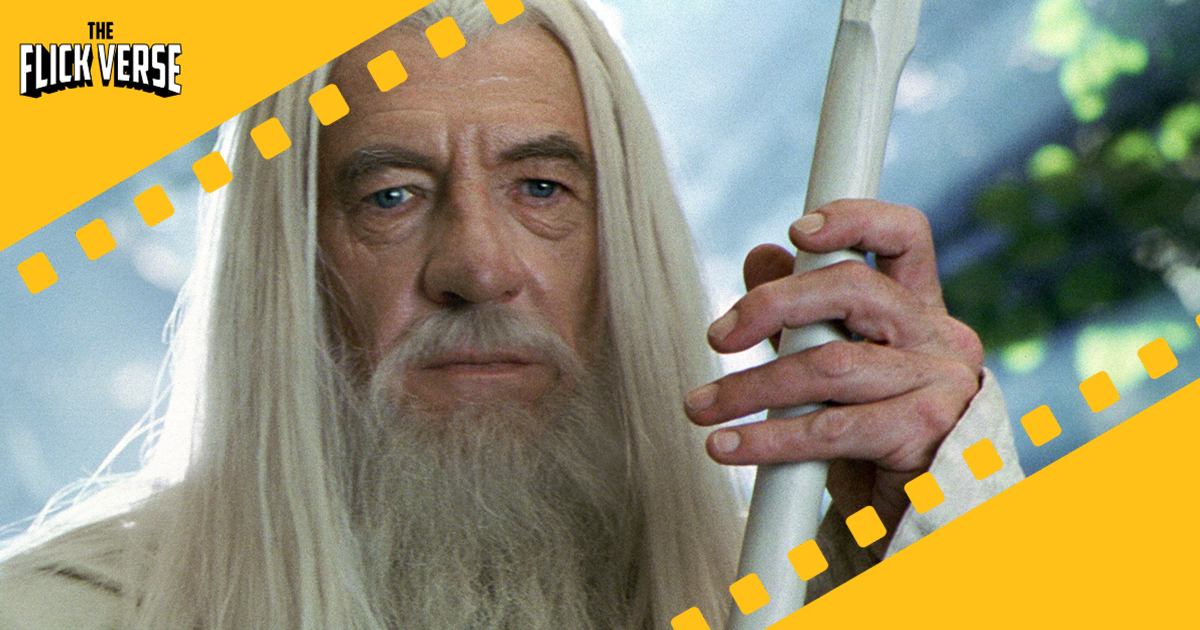
The Lord of the Rings trilogy paid meticulous attention to the design and creation of costumes, weapons, and props, ensuring an unparalleled level of authenticity and immersion in the world of Middle-earth.
The Attention to Costume and Prop Details for Weapons
The weapons used in the films were crafted with great care and attention to detail. Many swords were made using traditional techniques such as linishing, grinding, and polishing, ensuring a realistic look and feel. The Master Swordsmith who created the steel swords from the Lord of the Rings trilogy still works at Wētā Workshop, continuing the legacy of exceptional craftsmanship.
To facilitate the use of realistic-looking weapons during action sequences, a process was developed to create lightweight replicas using urethanes, a type of plastic material. These stunt swords, scabbards, and axes were designed to mimic the appearance of their metal counterparts while ensuring the safety of the actors.
The Attention to Costume and Prop Details for Armor
Armor played a crucial role in the costumes of Middle-earth, with nearly all races and characters donning various forms of protective gear. The creation of these intricate suits of armor was a challenging task. One of the most impressive achievements was the creation of Sauron’s awe-inspiring suit of armor, which required technical trickery to pull off in steel within a mere six weeks.
To alleviate the weight and discomfort for the actors, a lightweight alternative was developed using plastic rings linked together and coated with a fine layer of metal. This process resulted in the creation of 12.5 million rings, providing a realistic-looking chainmail while ensuring the actors’ comfort during filming.
The Attention to Costume and Prop Details Impact on Authenticity
The attention to detail in the creation of weapons and armor was crucial in maintaining the audience’s immersion in the Lord of the Rings trilogy. With warfare being a central theme in the films, weapons, and armor were almost constantly on the screen. If these props had appeared cheap or fake, it would have undermined the authenticity of the entire trilogy.
The team at Wētā Workshop drew inspiration from various real-world cultures throughout history, ensuring that the aesthetics of the weapons and armor aligned with the respective kingdoms and peoples of Middle-earth. This attention to detail, combined with the use of traditional crafting techniques and innovative solutions, resulted in a level of authenticity that elevated the Lord of the Rings movies to new heights, transporting audiences into the richly detailed world of J.R.R. Tolkien’s imagination.
3. Creation of Languages
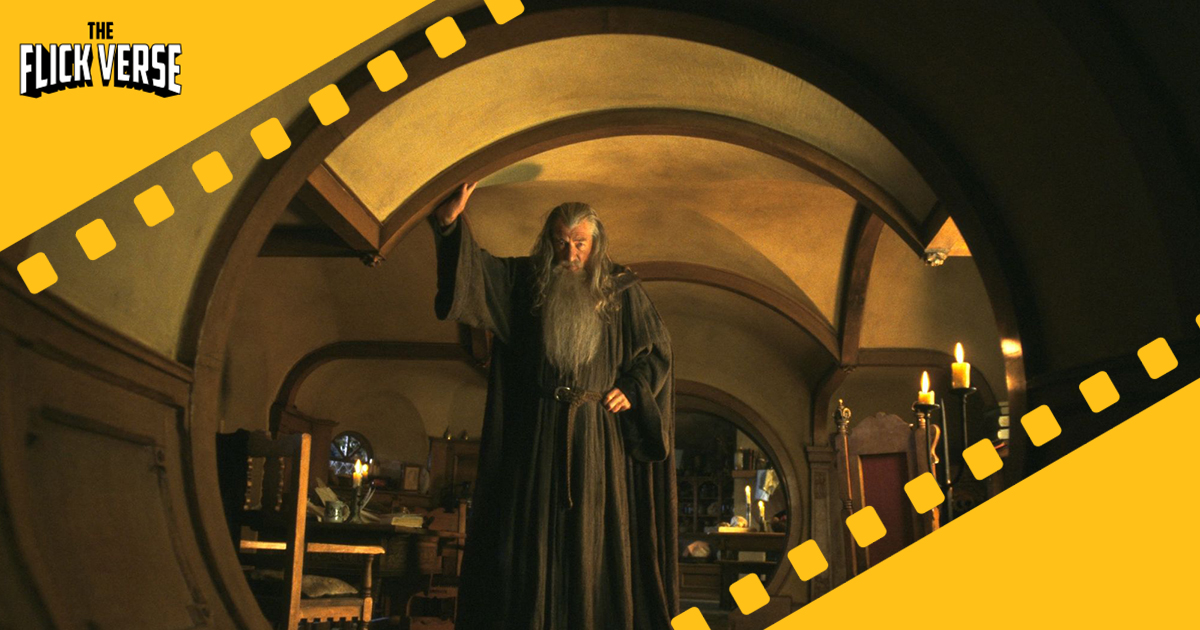
J.R.R. Tolkien was a philologist and linguist who was fascinated by the process of language creation. He created his Elvish languages using a combination of his knowledge of historical linguistics, his love of poetry and myth, and his imagination.
The Creation of New Languages for Elvish
Tolkien began by creating the sounds and grammar of his Elvish languages, often working from a set of basic phonetic rules and grammatical structures. He would then create a set of root words, from which he could derive a large number of related words by applying various prefixes, suffixes, and other modifications.
Tolkien also gave each of his Elvish languages a distinct history and cultural context, which helped to shape the way the languages were used and how they evolved. He imagined rich mythology and history for his Elvish languages, which often included tales of wars, migrations, and alliances between different groups of Elves.
One of the most important aspects of Tolkien’s language creation process was the creation of poetic and musical forms for his Elvish languages. He believed that language was not just a means of communication, but also an art form, and he spent a great deal of time creating songs, poems, and other literary works in his Elvish languages.
The Creation of New Languages for Dwarvish
Khuzdûl was the language of the Dwarves, written in the 50-letter Cirth script (Runes). The language was created by the Vala Aulë, creator of the first Dwarves, who taught them “the language he had devised for them,” implying that Khuzdûl is a constructed language even within the context of the books.
Khuzdûl was largely inspired by Semitic languages. Tolkien wanted it to sound much like Hebrew, and noted that both Jews and his Dwarves were “once natives and aliens in their habitations, speaking the languages of the country, but with an accent due to their private tongue”.
Another reason Hebrew was chosen as a basis for Khuzdûl is that it is unlike any European language, equivalent to the contrast between Dwarven speech and Elvish languages.
The Creation of New Languages Impact on World-Building
Tolkien’s language creation was an integral part of his world-building process for Middle-earth. As he said, “Your language construction will breed a mythology”. The complex interweaving of myth-making and language invention made Middle-earth feel real and consistent as if the languages had evolved naturally within the fictional world.
The success of Peter Jackson’s Lord of the Rings and Hobbit trilogies brought the languages that Tolkien invented for the Elves and Dwarves to the attention of a much wider public, sparking a renewed interest in fictional languages and their role in creating immersive and believable fictional worlds.
4. Locations in New Zealand
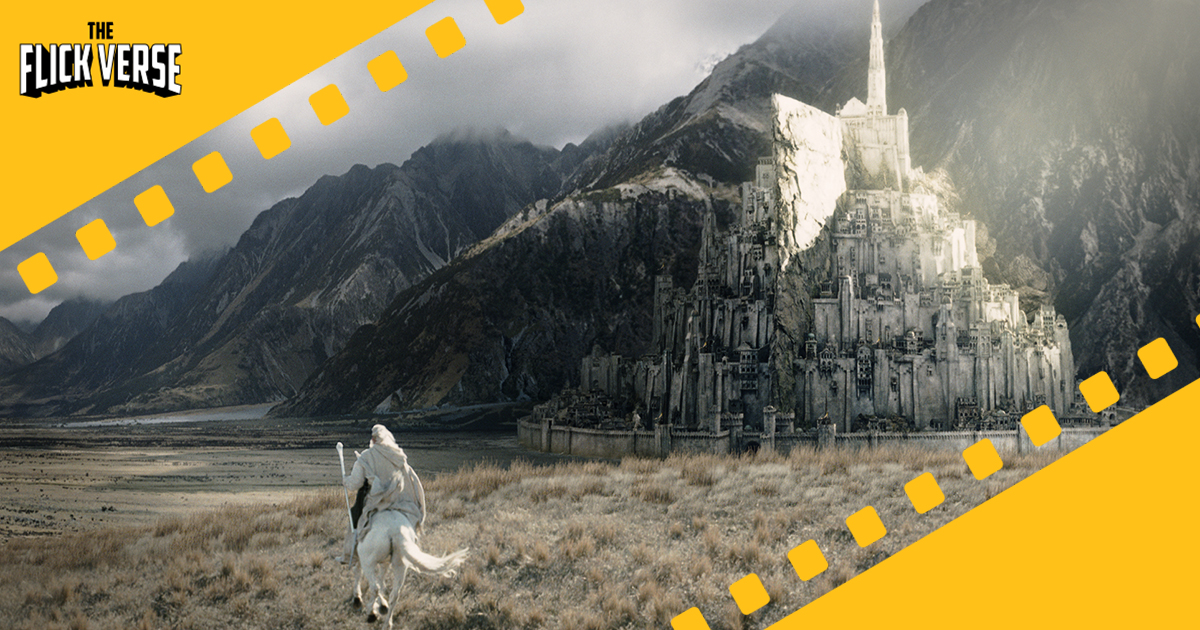
The Lord of the Rings trilogy made extensive use of real locations in New Zealand, capturing the natural beauty and diverse landscapes of the country to bring Middle-earth to life on the big screen.
The Use of Real Locations in New Zealand for Hobbiton
The picturesque Hobbiton set was constructed on a farm near Matamata on the North Island of New Zealand. The rolling green hills, lush meadows, and charming hobbit holes perfectly embodied the idyllic Shire region from Tolkien’s novels.
To create the illusion of a fully inhabited Hobbit village, the crew meticulously landscaped the area, planting gardens, building hobbit holes, and even constructing a mill and double-arched bridge over the lake. The attention to detail was remarkable, with each hobbit hole featuring unique details like colorful doors, chimneys, and gardens.
The Use of Real Locations in New Zealand for Rivendell
The ethereal Elven realm of Rivendell was brought to life using the stunning Kaitoke Regional Park near Upper Hutt. The park’s lush forests, towering trees, and cascading waterfalls provided the perfect backdrop for the Elven sanctuary.
To create the intricate Elven architecture, the crew built elaborate sets on location, seamlessly blending them with the natural surroundings. The result was a breathtaking representation of Rivendell, where the Elves lived in harmony with nature.
The Use of Real Locations in New Zealand’s Impact on Visual Storytelling
The use of real locations in New Zealand played a crucial role in enhancing the visual storytelling of the Lord of the Rings trilogy. The natural landscapes not only provided stunning backdrops but also added a sense of authenticity and grandeur to the films.
From the vast, untamed wilderness of Mordor to the majestic peaks of the Misty Mountains, the diverse landscapes of New Zealand allowed the filmmakers to capture the epic scale and beauty of Middle-earth. This immersive visual experience transported audiences into Tolkien’s world, making the journey of the Fellowship and the struggles against the forces of darkness feel all the more real and compelling.
By seamlessly integrating real locations with meticulously crafted sets and visual effects, the Lord of the Rings trilogy achieved a level of realism and grandeur that set a new standard for fantasy filmmaking, leaving a lasting impact on audiences and the film industry alike.
5. Prosthetic Makeup
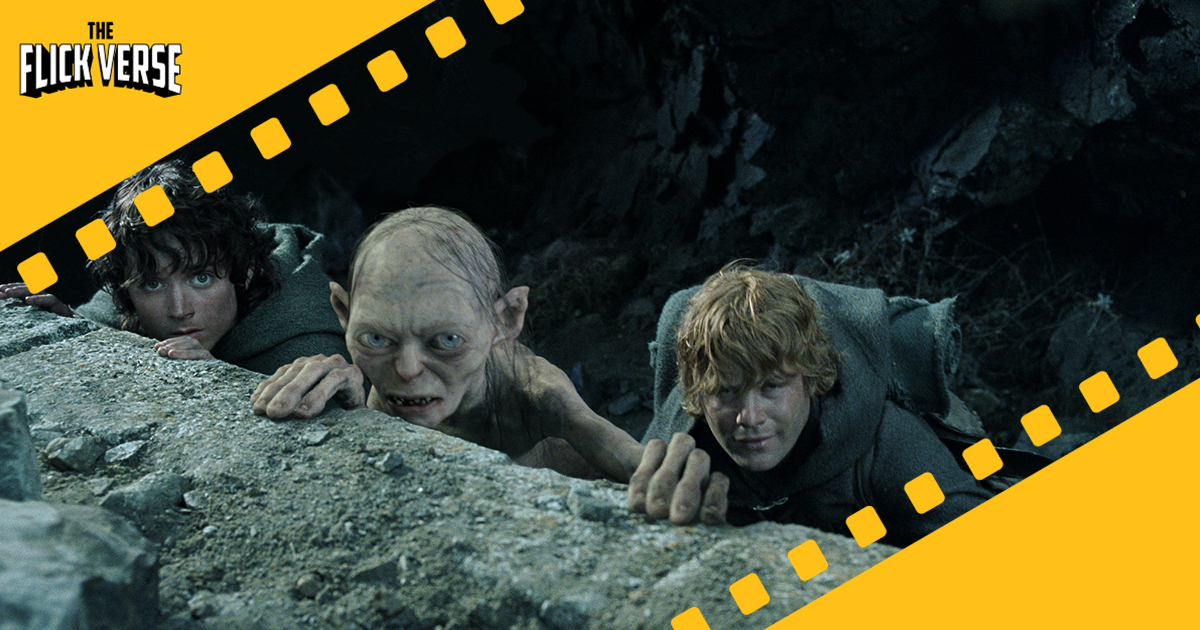
The Challenges of Prosthetic Makeup for Hobbits
The hobbits’ distinctive features, including their large, hairy feet and diminutive stature, presented a unique challenge for the prosthetic makeup team. To create the illusion of their small size, the actors portraying hobbits had to wear extensive prosthetics, including hand-sculpted feet with realistic hair and nails.
The process of applying these prosthetics was time-consuming and meticulous. Actors had to arrive on set several hours before filming to transform. The prosthetic feet alone could take up to three hours to apply, with each hair painstakingly punched into the silicone one by one.
Additionally, the actors had to learn to walk and move naturally while wearing oversized prosthetic feet, which could be uncomfortable and restrictive. This required extensive training and practice to ensure that their movements appeared natural on screen.
The Challenges of Prosthetic Makeup for Orcs
Bringing the terrifying orcs to life required a combination of prosthetic makeup and digital effects. The prosthetic makeup team had to create intricate facial appliances, including protruding brows, elongated teeth, and distorted features, to transform the actors into these fearsome creatures.
One of the biggest challenges was ensuring that the prosthetic pieces remained securely attached during intense action sequences. The orcs were often involved in battle scenes, which required the actors to engage in physical combat and perform demanding stunts.
To address this challenge, the team developed specialized adhesives and application techniques to ensure that the prosthetics remained in place, even under strenuous conditions. They also had to consider the actors’ ability to emote and deliver their lines while wearing the restrictive makeup.
The Challenges of Prosthetic Makeup’s Impact on Actors’ Performances
The extensive prosthetic makeup required for many characters in the Lord of the Rings trilogy had a significant impact on the actors’ performances. Not only did they have to endure long hours in the makeup chair, but they also had to adapt to the physical limitations and discomfort imposed by the prosthetics.
For instance, actors portraying elves had to wear prosthetic ears that could be cumbersome and uncomfortable during extended filming periods. The weight and restriction of the prosthetics could also affect their ability to move freely and express themselves through physical gestures.
Despite these challenges, the actors remained dedicated to their roles, working closely with the makeup team to ensure that their performances were not compromised. Their commitment to authenticity and the collaborative efforts of the entire production team contributed to the immersive and captivating portrayal of the diverse inhabitants of Middle-earth.
6. Cultural Impact
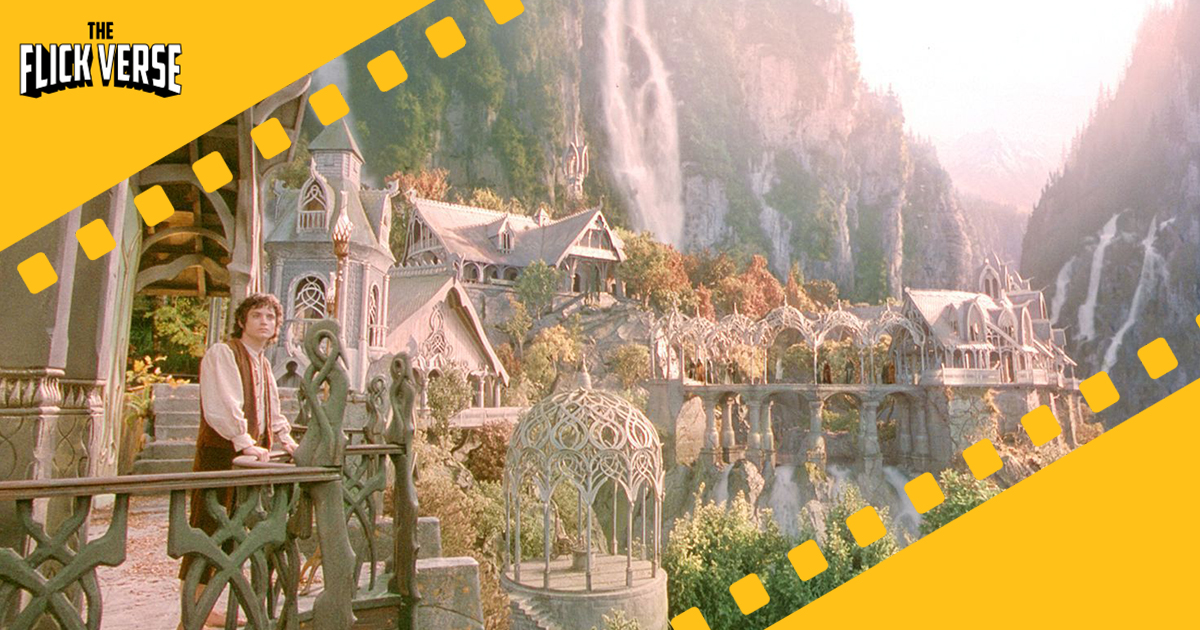
The Lord of the Rings trilogy has had a profound and lasting impact on popular culture, influencing various aspects of entertainment and art. Its influence can be seen in the following areas:
The Trilogy’s Cultural Impact on Fantasy Genre
Tolkien’s work is widely regarded as the foundation for modern fantasy storytelling, and his influence on the genre is monumental. His creation of a vast, expansive universe with a rich history and mythology was groundbreaking. Inspired by ancient Greek and Norse epics, Tolkien’s mythology for Britain became the basis for countless works of imitation and homage.
The success of The Hobbit and the subsequent demand for fantasy fiction set in different worlds led to the rise of works like The Sword of Shannara and Dungeons & Dragons. Tolkien’s influence was so significant that elements like orcs, elves, goblins, halflings, dragons, and wizards became synonymous with the fantasy genre itself.
The Trilogy’s Cultural Impact on Filmmaking
Peter Jackson’s Lord of the Rings film trilogy brought Tolkien’s world to the big screen, introducing it to a vast new audience. Its success paved the way for other fantasy adaptations like The Chronicles of Narnia and the Harry Potter series, expanding the genre’s reach in cinema.
The trilogy’s groundbreaking visual effects and ambitious scope inspired filmmakers to tackle previously deemed “unfilmable” works, leading to adaptations of novels like Cloud Atlas, Watchmen, and Dune. It also opened doors for indie filmmakers to take on blockbuster projects, bringing their unique visions to large-scale productions.
The Trilogy’s Cultural Impact on Fandom
The immense popularity of The Lord of the Rings has led to the formation of numerous fan societies and a vast body of literature exploring Tolkien’s works. The trilogy has inspired countless artistic works, including short stories, video games, artworks, and musical compositions.
Tolkien’s influence extends beyond literature, with his works inspiring the creation of entire professions, such as “Tolkien artists.” Illustrators like John Howe, Alan Lee, and Ted Nasmith have brought Middle-earth to life through their artwork, serving as concept artists for the films.
Moreover, the trilogy’s impact can be seen in the role-playing game genre, particularly Dungeons & Dragons, which drew heavily from Tolkien’s world, incorporating elements like elves, dwarves, orcs, and the concept of a quest to destroy a powerful artifact.
7. Cast and Crew
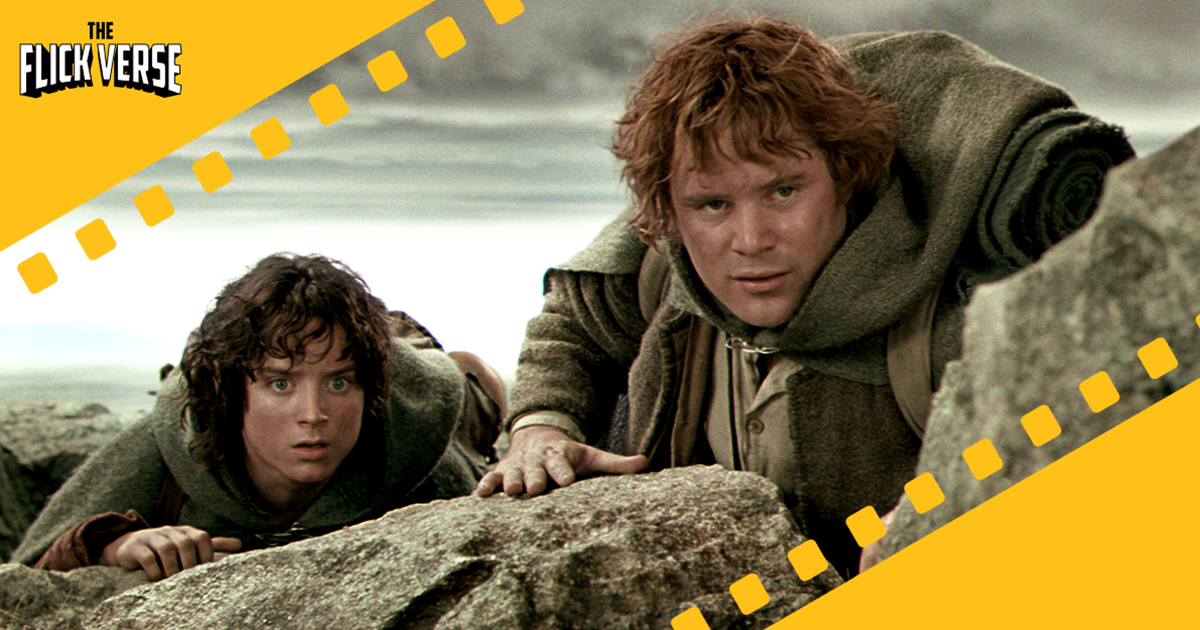
The Dedication of the Cast and Crew to Authenticity
The Lord of the Rings trilogy’s success is a testament to the unwavering dedication of its cast and crew to achieving authenticity. From the onset, director Peter Jackson sought to create a world that felt real and immersive, and the team went above and beyond to make this vision a reality.
One notable example of their commitment was the use of forced perspective techniques. To create the illusion of height differences between characters like Elijah Wood’s Frodo Baggins and Ian McKellen’s Gandalf, the crew meticulously constructed sets with varying scales. Objects, props, and even tables were built in different sizes to enhance the optical illusion, ensuring that the characters’ statures appeared true to Tolkien’s descriptions.
The attention to detail extended to the creation of props and costumes. While the chainmail used in the films was lightweight and made of specialized materials, it was entirely handcrafted – a painstaking process that involved linking millions of tiny metal rings over three and a half years. The dedication was so intense that the two artisans responsible for this task wore away their fingerprints during the production.
The Dedication of the Cast and Crew to Quality
The Lord of the Rings trilogy’s success can be attributed to the unwavering dedication of its cast and crew to delivering a high-quality product. From the pre-production phase to the final touches, every aspect of the films was meticulously crafted to ensure a truly exceptional viewing experience.
Before filming even began, the greens department planted hundreds of plants and vegetables around the Shire set, ensuring that the location would be lush and vibrant by the time shooting commenced. This attention to detail extended to the Edoras set, where a nursery was established to nurture plants, and even tree bark and branches were incorporated into steel props to enhance their realism.
The crew’s dedication was further exemplified by the involvement of renowned Tolkien artists John Howe and Alan Lee. Their beautiful and authentic depictions of Middle-earth’s realms, such as Gondor and Rivendell, were instrumental in shaping the films’ visual aesthetic. Peter Jackson sought their expertise to create an immersive and authentic world that would captivate audiences and transport them into Tolkien’s imagination.
The Dedication of the Cast and Crew Impact on the Final Product
The dedication of the cast and crew had a profound impact on the final product, elevating the Lord of the Rings trilogy to a masterpiece of cinema. Their commitment to authenticity and attention to detail resulted in a truly immersive and believable depiction of Middle-earth.
The use of practical effects, such as the construction of the massive “bigature” set for Minas Tirith, added a tangible realism to the films. This set, large enough to accommodate entire groups of people and horses, featured intricate details like chipped stone, dirtied cobblestone streets, and an atmosphere befitting a war-torn kingdom.
Moreover, the dedication of composer Howard Shore cannot be overstated. Working with the team for two years, in contrast to the typical six to eight weeks allotted to composers, Shore crafted an epic score that included a vast orchestra, diverse choirs, and a plethora of non-Western instruments. His music became an integral part of the films, enhancing the emotional impact and contributing to the overall sense of authenticity.
The Lord of the Rings trilogy’s enduring legacy is a testament to the dedication of its cast and crew, who poured their hearts and souls into bringing Tolkien’s vision to life. Their unwavering commitment to quality and authenticity resulted in a cinematic masterpiece that continues to captivate audiences worldwide.
Conclusion
The Lord of the Rings trilogy stands as a monumental achievement in filmmaking, transcending the boundaries of the fantasy genre. Through meticulous attention to detail, innovative techniques, and the unwavering dedication of the cast and crew, Peter Jackson’s films transported audiences into the rich, immersive world of Middle-earth. From the creation of intricate costumes and props to the construction of exquisite sets and the mastery of practical effects, every aspect of the trilogy was meticulously crafted to bring J.R.R. Tolkien’s vision to life.
For More : Visit our Web Stories
Alternative Movies Posters : Digital Download | Minimal Posters | Instant Download


